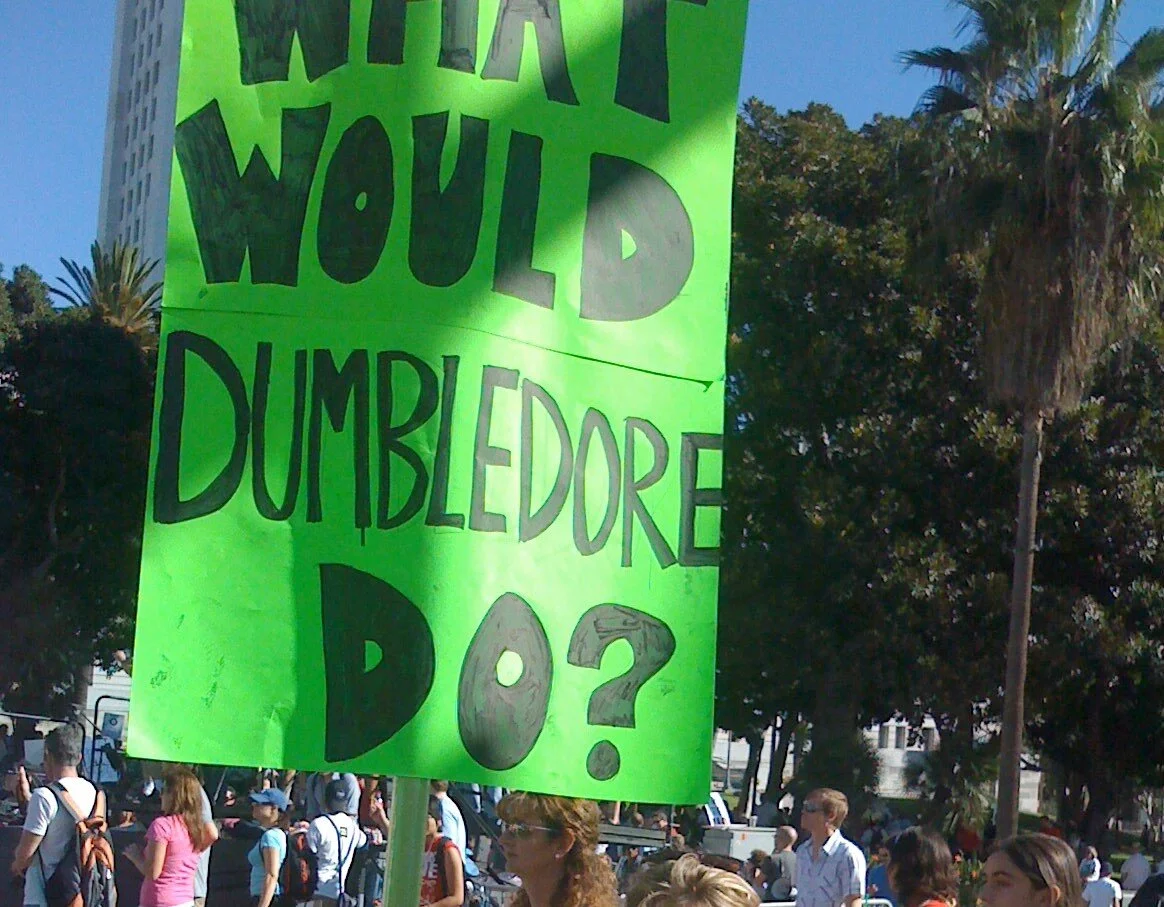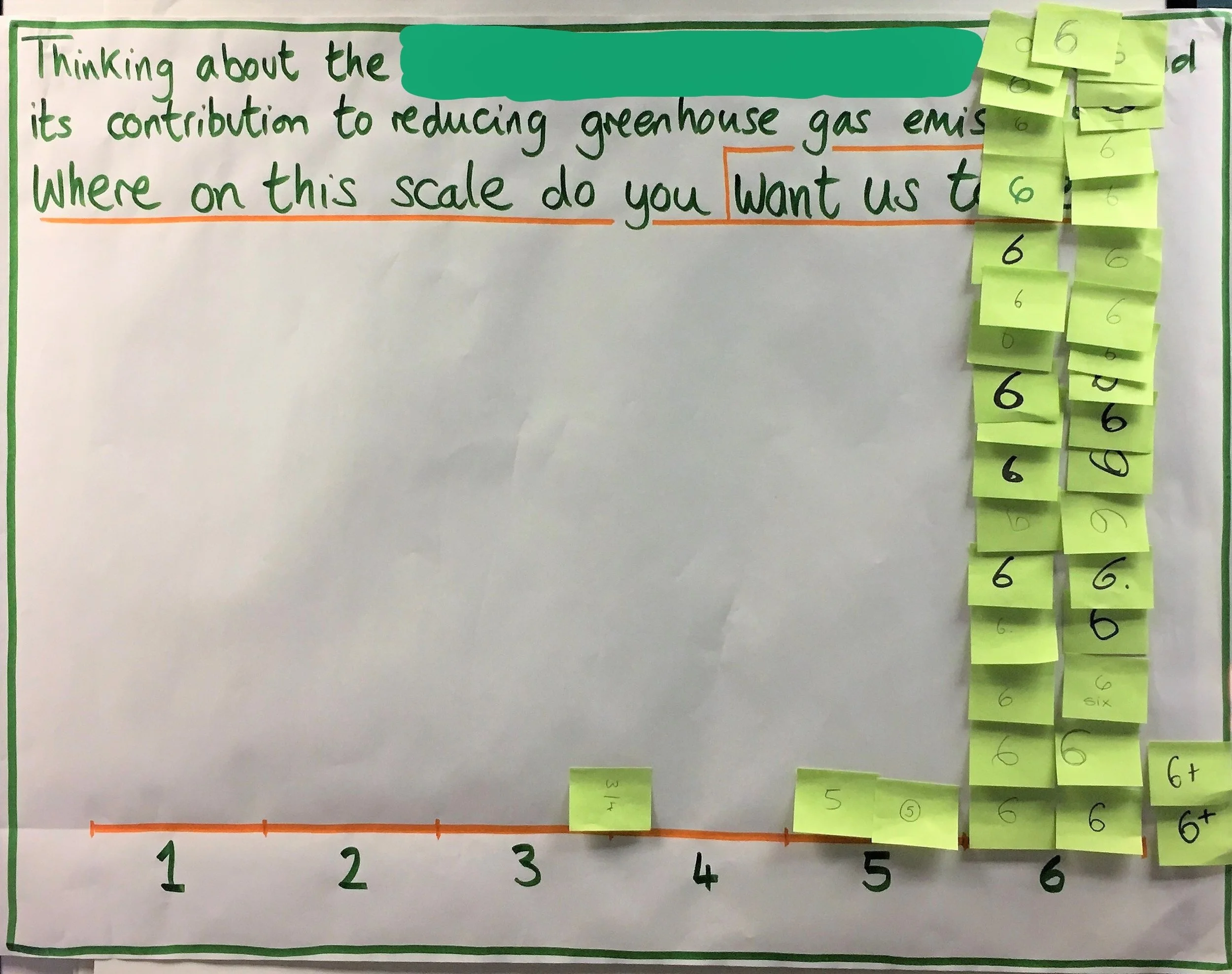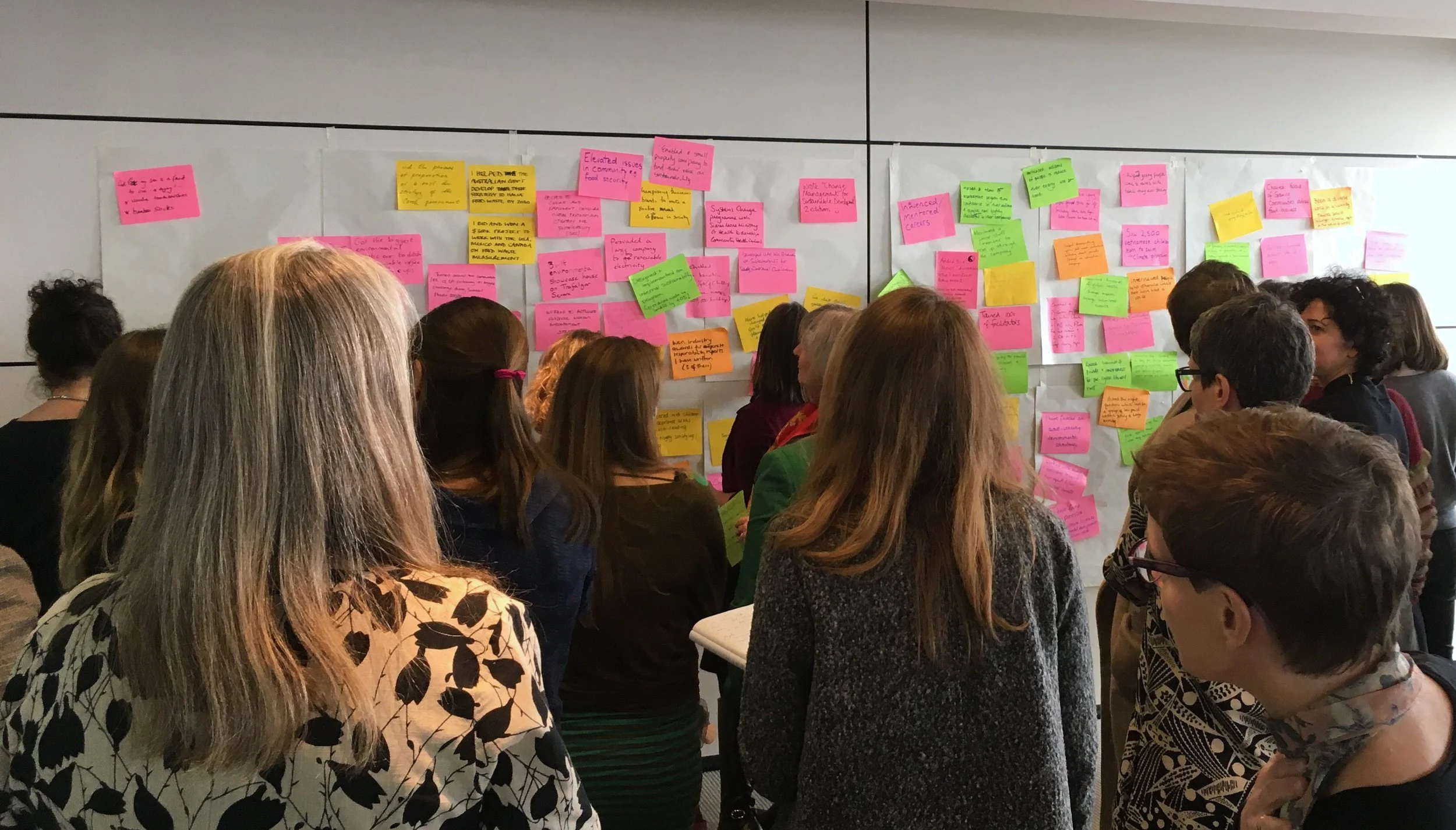When you need to help people get their creative juices flowing, free up their imagination and come up with ideas in quantity rather than being silenced by the need for quality... a brainstorm is the go-to technique. But sometimes the ideas stop, especially in a virtual meeting. Here are ten ways to get things moving again.
Meta plan or sticky note brainstorm - exploring a classic facilitation technique
When a facilitator invites a group to write multiple answers to an open question, put each one on a separate sticky-note and post them on a real or virtual wall, it's the first step in a classic technique called 'meta planning' (other names are available). So far, so good. But why do we do this and what happens next?
Carousel technique - one for your toolbox
Carousel is a great technique when you would like a group's discussions to benefit from the time-efficiency and increased air-time of small group 'parallel processing' while also having the opportunity to build on each others' ideas. It has a few more moving parts than some techniques, so here's some detailed guidance…
What is a Citizens' Assembly?
Citizens’ Assemblies are having a bit of a moment in the UK, with Extinction Rebellion calling for them, and national governments, parliaments and local authorities commissioning them on subjects including the future of social care, air quality, transport and climate change. But what exactly is a Citizens’ Assembly?
Testing the water for collaboration
The most important sustainability challenges can only be solved by system change. And system change happens when people work together – collaborate - to change the system.
Collaboration is successful when the collaborators share some compelling aims. It’s not enough for everyone to nod along from the side-lines – they need to be rolling their sleeves up and getting stuck in to the game. How do you help potential collaborators find their shared aims?
Instant bar charts: a safe snapshot of opinion
On the spot, in the room
Any fool can design a workshop. What really tests you is having to redesign it part-way through.
You’ve done a great plan, and prepared your materials. You know how you’d like the space laid out, and your workshop will take the group on a journey towards a convergent, satisfying conclusion.
And then it all goes horribly wrong. Nasty surprises throw your plans into disarray. You need to redesign and you need to do it NOW!
Celebrate your achievements!
One of the lovely things that we did at She is Still Sustainable last month, was to build a wonderwall of our achievements. And wow! What a lot we have achieved.
Some were very personal – surviving divorce, arranging funerals, raising children....
Some had enormous reach – training 100s of facilitators, systems change programme with Sierra Leone Ministry of Health to improve community health, part of a team delivering a sustainable London 2012...
Carousel in action
Decisions? Decisions!
This blog post pulls together some resources that I shared at a workshop last week, for people in community organisations wanting to make clear decisions that stick. Groups of volunteers can't be 'managed' in the same that a team in an organisation is managed: consensus and willingness to agree in order to move forward are more precious. Sometimes, however, that means that decisions aren't clear or don't 'stick' - people come away with different understandings of the decision, or don't think a 'real' decision has been made (just a recommendation, or a nice conversation without a conclusion). And so it's hard to move things forward.
I flagged up a number of resources that I think groups like this will find useful:
- Descriptive agendas - that give people a much clearer idea of what to expect from a meeting;
- Using decision / action grids to record the outputs from a meeting unambiguously;
- Be clear about the decision-making method (e.g. will it be by consensus, by some voting and majority margin, or one person making the decision following consultation?) and criteria.
- Understanding who needs to be involved in the run-up to a decision.
- Taking time to explore options and their pros and cons before asking people to plump for a 'position'.








